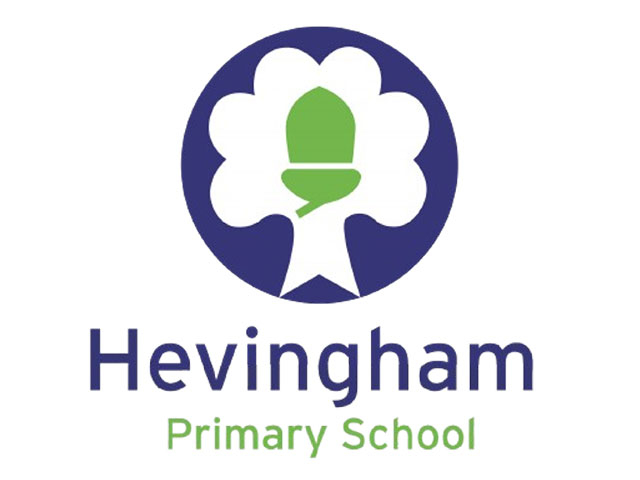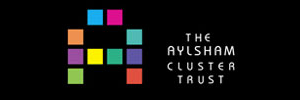Intent:
At Hevingham and Marsham Primary School Partnership, we believe that effective pedagogy is at the
heart of good teaching and learning. We want pupils to be MASTERS of technology and not slaves to it.
Technology is everywhere and will play a pivotal part in students’ lives. Therefore, we want to model and
educate our pupils on how to use technology positively, responsibly and safely. We want our pupils to be
creators not consumers and our broad curriculum encompassing computer science, information
technology and digital literacy reflects this. We want our pupils to understand that there is always a
choice with using technology and as a school, we utilise technology to model positive use. We recognise
that the best prevention for many issues we currently see with technology/social media is through
education. Building our knowledge in this subject will allow pupils to effectively demonstrate their learning
through creative use of technology. We recognise that technology can allow pupils to share their learning
in creative ways. We also understand the accessibility opportunities technology can provide for our
pupils.
Our knowledge rich curriculum has to be balanced with the opportunity for pupils to apply their
knowledge creatively, which will in turn help our pupils become skilful computer scientists. We encourage
staff to try to embed computing across the whole curriculum to make learning creative and accessible.
We want our pupils to be fluent with a range of tools to best express their understanding and hope by
Upper Key Stage 2, children have the independence and confidence to choose the best tool to fulfil the
task and challenge set by teachers.
Implementation:
As much as possible classes try to timetable an hour of explicit computing teaching, but we understand
that we have a heavily packed curriculum to cover. Therefore, some weeks computing is covered by
using technology to demonstrate learning in other subjects when covering more of the Information
Technology and Digital Literacy strands.
To be successful computing teachers we understand that we need to combine knowledge of the subject
with evidence-based teaching practices, which is why we follow the Teach Computing program. By
following this, we are able to provide up-to-date, evidence supported, teaching, that will enable our pupils
to be successful learners.
Our teaching follows the 12 pedagogy principles set out by the Teach program:
Lead with concepts
We support pupils in the acquisition of knowledge, through the use of key concepts, terms, and
vocabulary, providing opportunities to build a shared and consistent understanding. Glossaries, concept
maps, and displays, along with regular recall and revision, support this approach.
Work together
We encourage collaboration, specifically using pair programming and peer instruction, and also
structured group tasks. Working together stimulates classroom dialogue, articulation of concepts, and
development of shared understanding.
Get hands-on
We use physical computing and making activities that offer tactile and sensory experiences to enhance
learning. Combining electronics and programming with arts and crafts (especially through exploratory
projects) provides pupils with a creative, engaging context to explore and apply computing concepts.
Unplug, unpack, repack
We teach new concepts by first unpacking complex terms and ideas, exploring these ideas in unplugged
and familiar contexts, then repacking this new understanding into the original concept. This approach
(semantic waves) helps pupils develop a secure understanding of complex concepts.
Model everything
We model processes or practices — everything from debugging code to binary number conversions —
using techniques such as worked examples and live coding. Modelling is particularly beneficial to
beginners, providing scaffolding that can be gradually taken away.
Foster program comprehension
We use a variety of activities to consolidate knowledge and understanding of the function and structure
of programs, including debugging, tracing, and Parson’s Problems. Regular comprehension activities
help the pupils secure understanding and build connections with new knowledge.
Create projects
We use project-based learning activities to provide pupils with the opportunity to apply and consolidate
their knowledge and understanding. Design is an important, often overlooked aspect of computing.
Pupils can consider how to develop an artefact for a particular user or function, and evaluate it against a
set of criteria.
Add variety
We provide activities with different levels of direction, scaffolding, and support that promote active
learning, ranging from highly structured to more exploratory tasks. We adapt our instruction to suit
different objectives to help keep all pupils engaged and encourage greater independence.
Challenge misconceptions
We use formative questioning to uncover misconceptions and adapt teaching to address them as they
occur. Awareness of common misconceptions alongside discussion, concept mapping, peer instruction,
or simple quizzes helps identify areas of confusion.
Make concrete
We bring abstract concepts to life with real-world, contextual examples and a focus on interdependencies
with other curriculum subjects. This is achieved through the use of unplugged activities, proposing
analogies, storytelling around concepts, and finding examples of the concepts in pupils’ lives.
Structure lessons
We use supportive frameworks when planning lessons, such as PRIMM (Predict, Run, Investigate,
Modify, Make) and Use-Modify-Create. These frameworks are based on research and ensure that
differentiation can be built in at various stages of the lesson.
Read and explore code first
When teaching programming, we focus first on code ‘reading’ activities, before code writing. With both
block-based and text-based programming, we encourage pupils to review and interpret blocks of code.
Research has shown that being able to read, trace, and explain code augments pupils’ ability to write
code.


